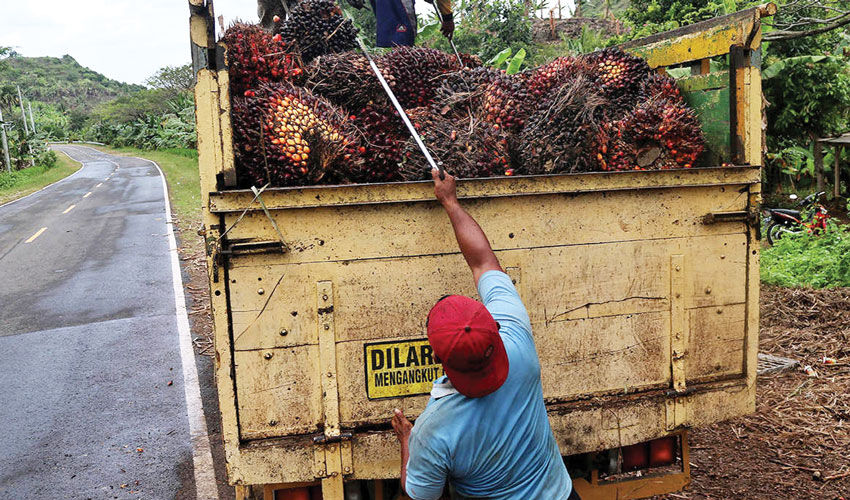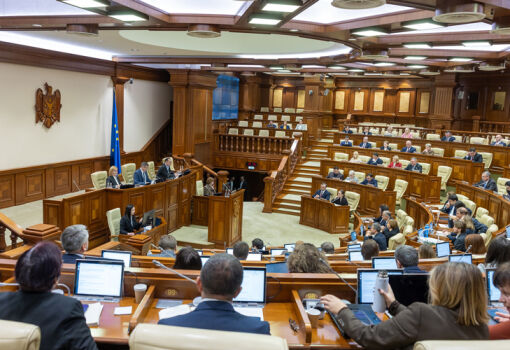
These investors, unlike hedge funds or private equity firms, use generational approaches to managed assets. They cannot afford to ignore the inextricable link between global financial stability and environmental stability. This understanding has translated into a number of new initiatives, including the Alliance for a Debt-Suspension Norm and the Global Debt Swap Center for Development. While there is a perception that climate change mainstreaming amounts to “diluting the mission” of global financial institutions like the International Monetary Fund, pioneering investors understand that natural and climate risks are materializing in the form of short- and medium-term shocks, affecting all aspects of the global economy.
So, while many shareholders and CEOs are still focused on quarterly results, long-term asset owners have begun scrutinizing companies for natural capital risks to anticipate environmental shocks that could reduce the long-term value of their assets. Norwegian Public Pension Fund Global, which manages $1.7 trillion in assets, now assesses as much as 96% of its investment portfolio for such risks. This is not some internal tweaking of environmental, social and corporate governance (ESG) promises; it is a major institutional change.
Norway is not alone. Finland’s state pension fund recently began exploring ways to quantify nature-related financial risks in terms of their impact on long-term pension liabilities. Singapore-based Temasek Holdings has begun using satellite monitoring and other biodiversity data to assess the risks and opportunities associated with natural capital.
Today, as ESG regulations have become a hot topic in the political and culture wars, there can be little doubt that such actions are driven not by political pressure or social trends, but by pragmatism – and a growing sense of urgency. Extreme weather events, biodiversity loss, and water and resource scarcity are already disrupting economies, with vulnerable low-income countries particularly affected.
In 2022, floods in Pakistan devastated the country’s agriculture, which employs 40% of the labor force. This caused food prices to rise and brought the country to the brink of default. In Indonesia, deforestation and peatland degradation due to environmentally unsustainable palm oil production forced a temporary ban on its exports in 2022. In Brazil and Ethiopia, rising temperatures and rainfall disturbances in recent years have caused a decline in coffee harvests, driving up global prices and reducing rural incomes as well as export revenues.
Meanwhile, the cost of these risks is not adequately accounted for in financial models. This is partly because data on natural capital, unlike data on greenhouse gas emissions, are still fragmented, inconsistent, and difficult to access. These risks are complex, systemic: water scarcity, biodiversity loss and climate change affect all sectors and all countries, creating a domino effect. And today there are no standards for measuring or reporting them. As a result, most banks do not have the necessary information, especially for specific areas, to assess the environmental dependence of borrowers.
However, new tools are emerging. And they have the potential to address these gaps. For example, the free online tool ENCORE (“Exploring Natural Capital Opportunities, Risks and Impacts“) helps financial institutions identify the natural risks they face when lending, underwriting or investing in high-risk sectors.
In addition, the “Nature-related Financial Disclosure Working Group” (TNFD) has developed a series of disclosure guidelines and recommendations to help businesses and financial institutions incorporate natural issues into their decision-making processes. And some central banks use complex scenario models to help assess the impact of climate and natural risks on the economy and financial system. If you add to this the new biodata technology, it is clear that the means to act are already in place. Investors don’t have to act blindly.
It’s no longer a matter of degree of awareness. Investors are already facing the financial consequences of environmental instability (from the loss of agricultural assets to the downgrading of national credit ratings in climate-vulnerable economies). There can therefore be no doubt that natural risks are financial risks. Asset owners, central banks, and institutions like the IMF must now incorporate this understanding into all their actions-before another avoidable shock occurs. Leaders will be those organizations that are willing to break out of their usual isolation, to align capital with planetary limits, to invest not only in markets but also in the systems that support them.
Julie McCarthy,
CEO of NatureFinance.
Patrick Odier,
Chairman of Building Bridges, Chairman of the Supervisory Board of Lombard Odier Group.
© Project Syndicate, 2025.
www.project-syndicate.org








